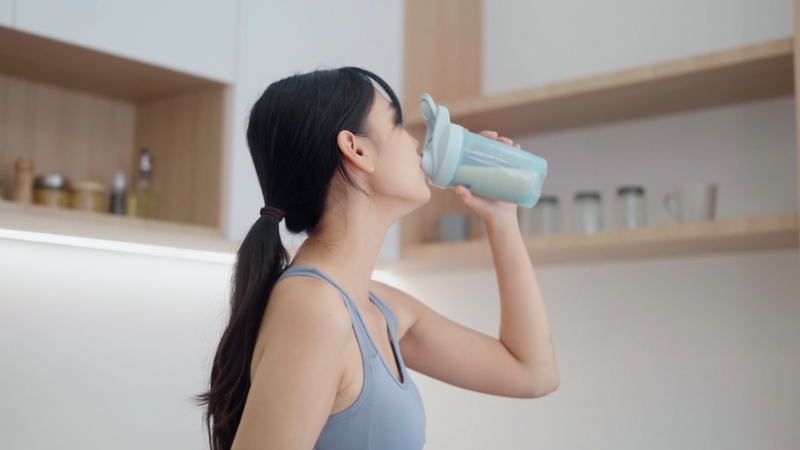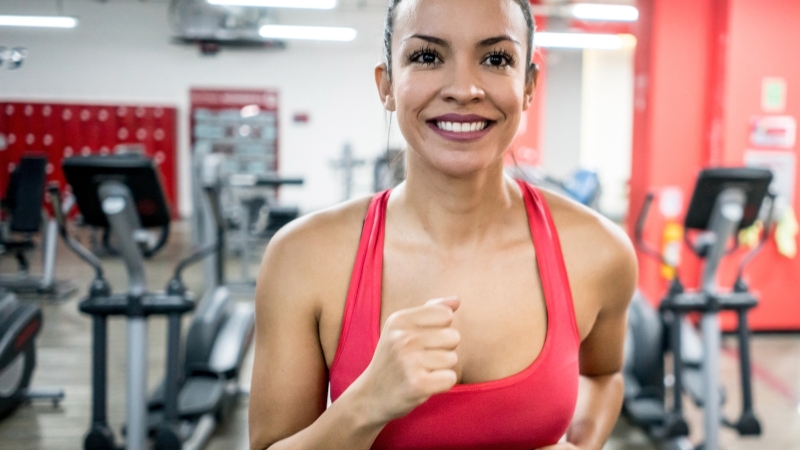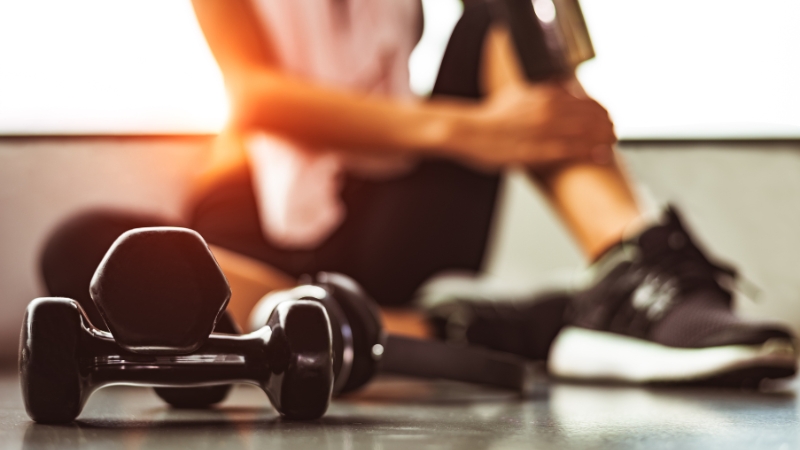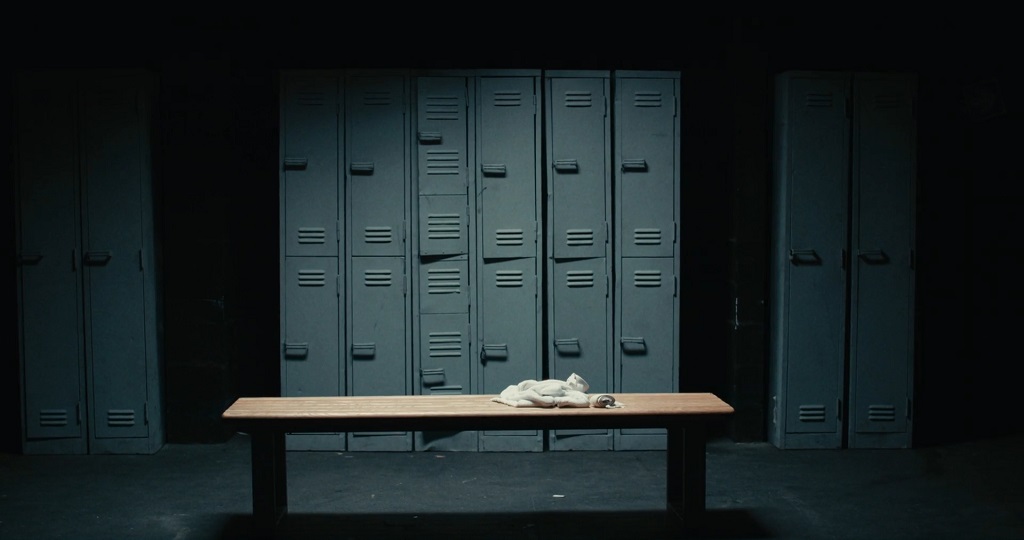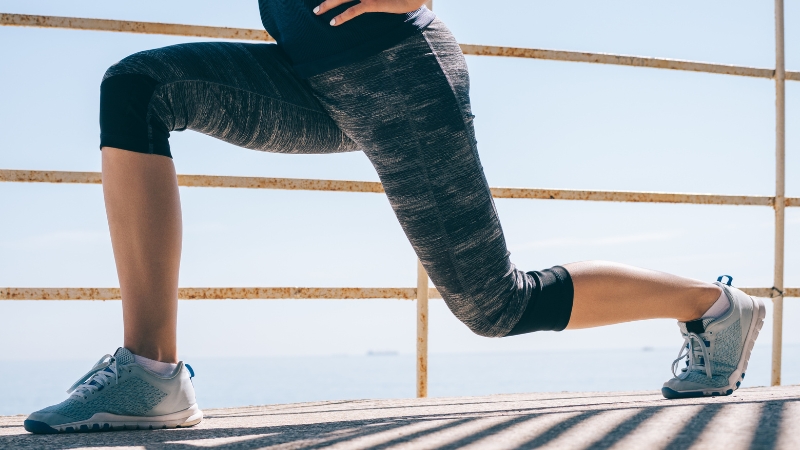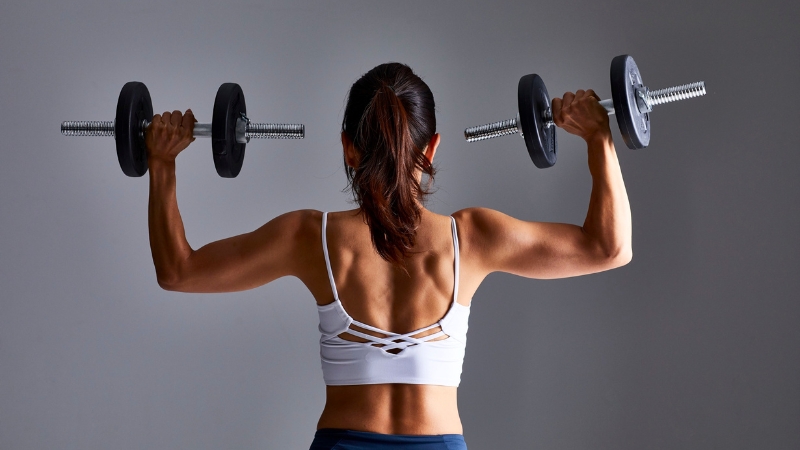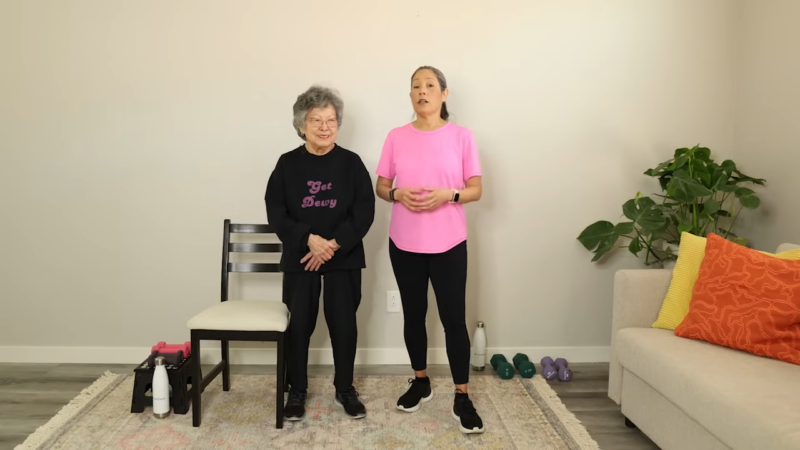
Share Post:
Turning 60 is a milestone that comes with its share of reflections, especially when it comes to health and staying active. Many of us wonder how to keep moving, stay strong, and feel energized without pushing ourselves too far. It’s tricky to strike that balance, but trust me, it’s completely doable.
I want to share my experiences and insights on how to stay active in a way that’s fun, effective, and safe. If you’re worried about overexerting yourself or not knowing where to start, you’re not alone.
Let’s explore practical ways to keep your body moving and your energy thriving.
Table of Contents
ToggleSet Realistic Goals
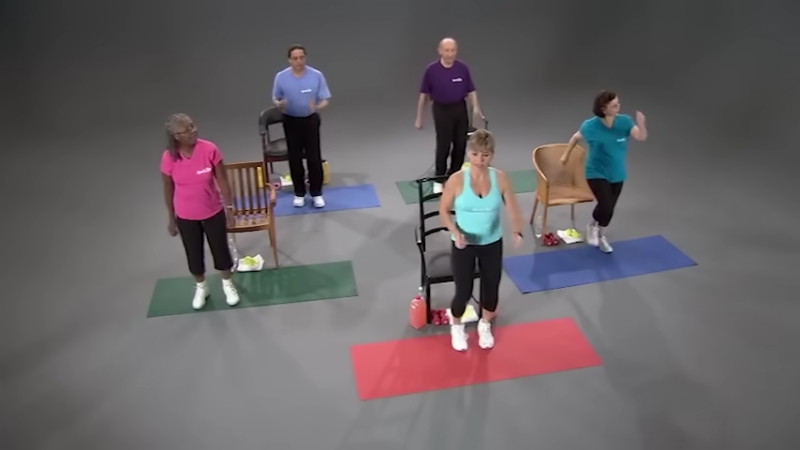
Your goals don’t need to be grand or flashy. Maybe you want to feel less stiff in the mornings, be able to garden without aches, or keep up with your grandchildren at the park. Those goals are just as valid—and often more meaningful—than training for a race or lifting heavy weights.
Start small
Setting manageable goals keeps you motivated and reduces the risk of burnout. For example, instead of committing to an hour-long workout every day, start with a 20-minute walk or gentle stretching routine. Small steps build big habits over time.
Celebrate progress
Every little victory counts. Did you walk a block further than yesterday? Feel less winded after climbing stairs? These moments are worth celebrating because they remind you that progress is happening, even if it feels slow. One of the ways to award yourself could be Joe & Bella’s Adaptive apparel.
Clothes is always a good idea, right ladies?
Focus on consistency
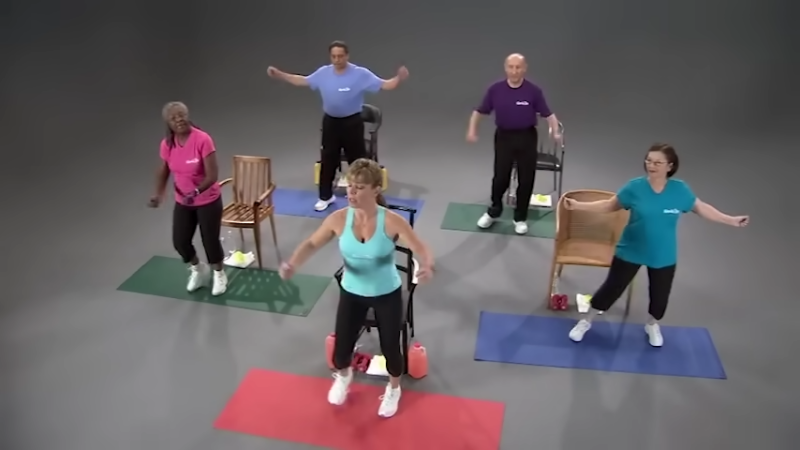
Even light activity, done consistently, can lead to major improvements in strength and stamina.
Gentle Exercises That Build Strength Without Strain
Staying strong doesn’t require intense gym sessions or fancy equipment. There are plenty of ways to build strength and maintain mobility while being kind to your body.
1. Walking
Walking is one of the simplest and most effective ways to stay active. It’s easy on your joints, doesn’t require special equipment, and can be done almost anywhere.
Start with short walks around your neighborhood or a local park. Gradually increase the distance and pace as you feel comfortable.
Walking is also great for mental clarity. I love heading out early in the morning when the air is crisp and the streets are quiet—it clears my head and sets the tone for the day.
2. Yoga or Tai Chi
Both yoga and tai chi are excellent for improving balance, flexibility, and strength. They’re especially beneficial for reducing stiffness and increasing range of motion.
Look for beginner-friendly classes or online videos tailored to older adults. These often focus on gentle movements and include modifications.
3. Light Resistance Training
- Strength training doesn’t mean lifting heavy weights. Simple exercises using resistance bands or light dumbbells can help maintain muscle tone and bone density.
- Focus on movements that mimic daily activities, like squats for sitting and standing or bicep curls for carrying groceries.
- Start with two sessions a week and pay attention to proper form to avoid strain. It’s amazing how much stronger you feel after just a few weeks.
4. Swimming or Water Aerobics
- Water-based exercises are perfect for a full-body workout that’s gentle on your joints. The buoyancy reduces pressure while allowing you to build strength and endurance.
- Local pools typically offer water aerobics classes designed for seniors. They’re fun, social, and incredibly effective.
- I’ve found that swimming leaves me feeling refreshed and relaxed, making it my go-to activity during warmer months.
*Finding activities you enjoy is key. When exercise feels like play rather than work, you’re more likely to stick with it. Experiment until you discover what feels right for you.
Rest!
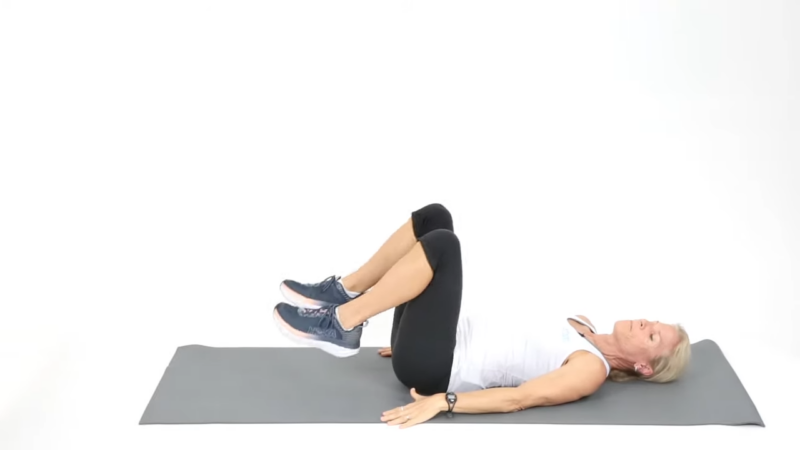
Taking breaks isn’t slacking—it’s a vital part of staying active and healthy. When you allow your body to recover, you give it time to repair and strengthen itself.
Why rest matters:
- It prevents injury. Overdoing it can lead to muscle strains or joint pain, which only sets you back in the long run.
- It boosts performance. Rest days help your body adapt and grow stronger, so you can return to activity feeling refreshed.
Fuel Your Body for Energy and Recovery
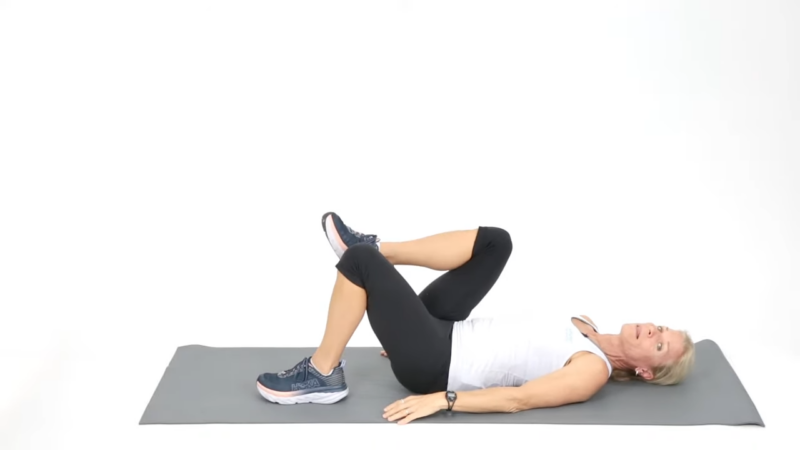
Nutrition is your body’s fuel, so it’s worth paying attention to what’s on your plate.
Tips for staying energized:
Protein: Essential for maintaining muscle mass and repairing tissues. Try to include sources like eggs, lean meats, beans, or tofu at each meal.
Healthy carbs: Whole grains, fruits, and vegetables provide the energy your body needs for movement.
Fats: Don’t shy away from healthy fats like nuts, seeds, and avocados—they’re great for joint health and sustained energy.
Hydration is just as important. I keep a water bottle with me throughout the day and make a point to drink before, during, and after exercise. Proper hydration can make a world of difference in how you feel.
After a workout, I love whipping up a smoothie with Greek yogurt, spinach, frozen berries, and a splash of almond milk. It’s quick, delicious, and packed with nutrients.
Listen to Your Body
One of the most valuable lessons I’ve learned is how to tune in to my body’s signals. Some days, I feel like I could walk for miles. Other days, my knees feel stiff, and I know it’s time to take it slow.
Signs it’s time to adjust:
- Persistent aches or soreness that doesn’t go away with rest.
- Feeling drained rather than energized after exercising.
- Difficulty sleeping or unusual fatigue during the day.
Adjusting your routine to match your energy levels isn’t quitting—it’s being smart. On days when I’m feeling off, I might swap a strength workout for light stretching or a slow walk. Movement is still part of my day, but it’s tailored to what I can handle.
Make Fitness Fun and Social
Exercise doesn’t have to be a solo activity. Some of my favorite memories involve staying active with friends and family. Sharing the experience not only makes it more enjoyable but also keeps me accountable.
Walking groups: Organize regular walks with friends or neighbors. It’s a great way to catch up and get your steps in.
Fitness classes: Look for group classes designed for older adults. They’re often smaller, more personal, and tailored to your needs.
Final Thoughts
Staying active in your 60s isn’t about perfection. It’s about progress, consistency, and finding joy in movement. Even small efforts can lead to big changes over time.
The most important thing? Keep going. Whether it’s a walk, a swim, or some gentle stretches, every bit of movement matters.
Related Posts:
- Embracing Fitness After 60 - How to Stay Active and Healthy
- Simple Training Tips for Adults Over 50 Who Want to…
- 10 Simple Exercises to Stay Active at Your Desk Job
- Fitness and Food Over 70 - How to Help Loved Ones…
- Top 12 Exercises That Help Women Over 40 Stay Lean…
- Mental Battle of Injury Recovery - How to Stay…



